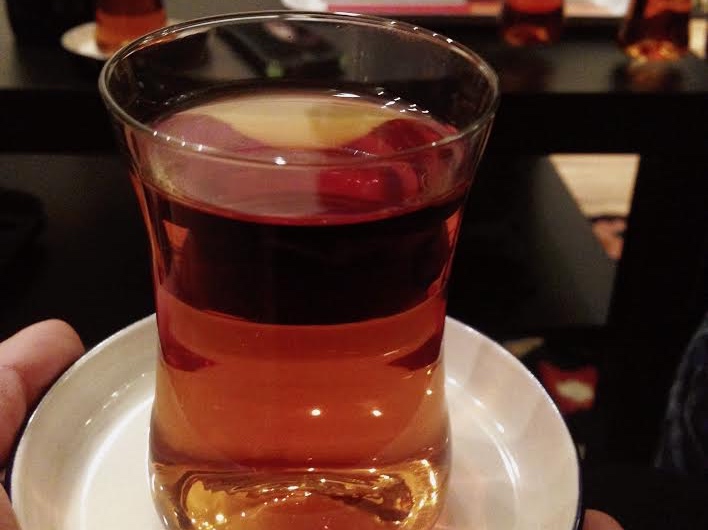It is 7 pm on a Thursday night, Siham Handal sits at her kitchen table in front of her homemade chicken salad. Before Handal digs in, she dangles her phone over the dish, snapping a shot of the meal.
This picture, she explains, is how she communicates with her family living overseas in San Pedro Sula, Honduras.
It all started with the Food Network. Siham, her two younger sisters and her parents would crowd around the television to watch cooking shows during their every meal.
“We used to watch [the show] all the time, so love of food is something that brings us together,” Siham says.

Photo by Siham Handal
Handal set off for school at the University of Virginia, a school over 1,500 miles away from her home in Honduras.
“The first weeks of [my] first year were very depressing. I wanted to go back home,” Handal admits. “Both my parents work full time and I got caught up with my classes,” she explains.
Handal realized her transition was much harder than she had anticipated. Handal found it difficult to find time, in her busy schedule, to speak with her parents. In addition to the many adjustments Handal was undergoing, her changed diet was a prominent one.

Photo by Siham Handal
As a result, a new tradition began where family members—instead of shooting a brief “hey” text message—took pictures of their meals and sent them to each other. “We started to send pictures of what we ate, whether it was something we cooked or a dish from a new restaurant.”
Handal and her family were now able to use food as a uniting force, making them feel closer together while so far apart.

Photo taken by Siham Handal
The pictures highlighted key cultural differences Handal was adjusting to in a foreign country. While her parents flooded her phone with images of succulent-looking Baleadas, a traditional Honduran dish that resembles a quesadilla, Handal found herself eating dining hall food more frequently than ever.
“I [had] never had dining hall food before. Back at home, I always ate homemade breakfast, lunch and dinner, or went out to a restaurant.”
At restaurants back home, Handal would normally eat Arabic or Latin American food. Clearly, these countries had very different culinary profiles than the American foods offered in dining halls.

Photo taken by Siham Handal
Whenever Handal could, she found Arab recipes and recreated dishes that reminded her of home. After a while, Handal’s family group text expanded to include her aunts, uncles and cousins.
“Even though I’m a million miles away from home, just a picture can make me feel like I am with them all the time.”
A more in-depth guide to ethnic cuisine:

